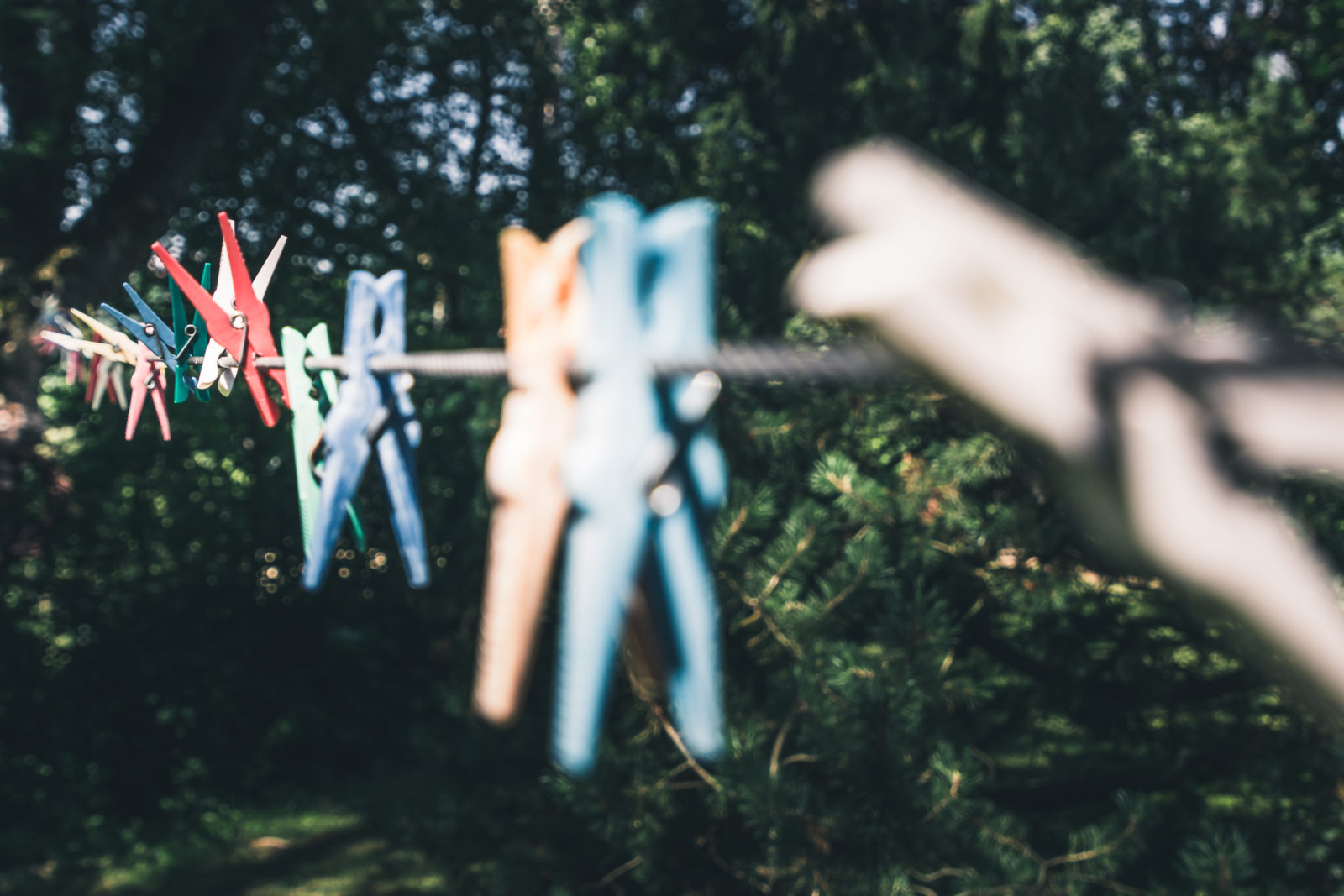I grew up in Sunday School many years ago. Back then, flannelgraphs was a part of life.
For those who never saw one, a flannelgraph board is a storytelling device. It usually had a basic background, perhaps an exterior scene, made of flannel (thus the name) and included other flannel scenes that could be pulled over the top of the board to tell other parts of the story. The characters and props were also fabric, so they could be laid on top of the backgrounds and moved around, also to tell the story. They are still available for purchase.
Of course, now we have CGI cartoons to tell Bible stories. And super-cool “kids” environments to tell them in. And lots of websites to turn to for crafts and lesson ideas and application help. Now, old-school flannelgraphs are unnecessary. And so not cool.
But they worked.
A flannelgraph helped the teacher tell the story in a way that made them instantly and easily accessible. They weren’t flashy or high-tech. They were simple, designed less to amaze than to be clear. Their goal was the audience’s understanding. And despite all the flash of videos and YouTube, the best teaching still works that way.
Which is why I am starting a new blog series. It will be ongoing, instead of a “31 days of…” kind of thing. But it’s something I’m passionate about. Something I’m really good at.
I’m calling it The Modern Flannelgraph.
I will be writing regular posts to talk specifically about the Bible: its format, its purpose, its Author. We will engage with its words and stories and characters. The goal is to make the Book itself clear and equip you to understand it, and the God who provided it for us, even more than you already do, whatever your starting point.
I hope you’ll join with me. I hope you learn something. But most of all, I hope you engage with God and his Book because, when we do this, it really can change our lives.



